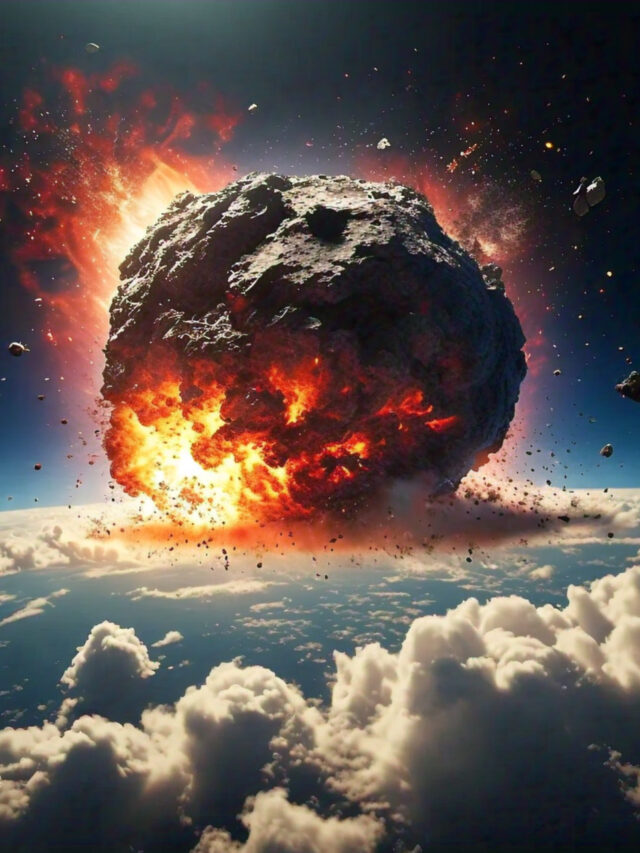
Puppetry is a timeless art form that reflects the cultural heritage and storytelling traditions of India and the world. In this article, titled Puppetry Art GK MCQs With Answer & Explanation in English, we explore key questions and answers related to puppetry, covering its history, techniques, and significance.
Perfect for students and enthusiasts, these MCQs provide valuable insights into this fascinating art form while offering detailed explanations to enhance understanding. Dive in to expand your knowledge of puppetry art in a concise and engaging way!
1. Kundhei puppetry art belongs to which of the following states?
- West Bengal
- Odisha
- Karnataka
- Kerala
Show Answer
Answer: Odisha
Kundhei is a traditional puppet art from Odisha, India. These puppets are crafted from lightweight wood and are known for their distinctive appearance, as they lack legs but wear long flowing skirts. The art form of Kundhei puppetry is an integral part of Odisha’s cultural heritage, and these puppets are often used to depict stories from mythology and folklore, providing a unique form of visual storytelling in the region.
2. The Putul Nautch puppetry art belongs to which state of India?
- West Bengal
- Rajasthan
- Himachal Pradesh
- Punjab
Show Answer
Answer: West Bengal
Putul Nautch is the traditional rod puppet form from the state of West Bengal, India. These puppets are meticulously carved from wood and reflect the artistic styles of the region in their design. Rod puppetry is a captivating form of puppetry where skilled puppeteers manipulate rods to control the movements of the puppets, enabling them to perform various actions and dances, making it a distinct form of entertainment in West Bengal.
3. The earliest evidence of puppetry has been found from which ancient site?
- Harappan civilization
- Bhimbetaka Caves
- Nalanda Ruins
- Mangar Bani
Show Answer
Answer: Harappan civilization
The ancient Harappan civilization is believed to have produced puppets with sockets attached to them. This archaeological evidence suggests that puppetry as an art form has a rich history that dates back thousands of years. These findings offer insights into the early development of puppetry in the Indian subcontinent.
4. From which ancient source can the written reference to puppets be found?
- Malavikagnimitra
- Vikramorvashi
- Silappadikaram
- Ratnavali
Show Answer
Answer: Malavikagnimitra
The ancient Indian text “Malavikagnimitra” is attributed to the renowned playwright Kalidasa. It contains references to puppetry, which underscores the antiquity of this art form in India. These references provide valuable historical documentation of puppetry’s existence and cultural significance.
5. Pavakoothu puppet show is associated with which state?
- Kerala
- Bengal
- Odisha
- Assam
Show Answer
Answer: Kerala
In Kerala, the traditional glove puppet game is known as Pavakoothu. This form of puppetry often revolves around the epics of the Ramayana and the Mahabharata. Puppeteers use glove puppets to enact scenes from these narratives, adding a unique and entertaining dimension to traditional storytelling in Kerala.
6. In which of the following states, Putul Nachh is not famous?
- Kerala
- Bengal
- Odisha
- Assam
Show Answer
Answer: Assam
Putul Nachh is a traditional rod puppet dance that is performed in the Bengal-Odisha-Assam region. Similar to other forms of rod puppetry, it features intricately carved wooden puppets manipulated by skilled puppeteers to convey stories and performances that are deeply rooted in the cultural traditions of this geographical area.
7. Which of the following is not included in the three strings that God used to control the universe?
- Satta
- Raja
- Tama
- Sukh
Show Answer
Answer: Sukh
The three strings that God used to control the universe are Satta, Raja, and Tama.
8. Which factor is not responsible for the decline of puppetry?
- Lack of devoted audience
- Financial insecurity
- Decline of monarchy
- Lack of participation
Show Answer
Answer: Decline of monarchy
Factors like lack of a dedicated audience, financial insecurity, and lack of participation have led to the decline of puppetry.
9. Which statement describes the features of string puppets?
- The puppets are in the size of 8 to 9 inches
- Small wooden pieces are used to make the body
- Oil paints are used to decorate the figure
- All of the above
Show Answer
Answer: All of the above
Rajasthan is famous for its traditional string puppets known as Katputli. These puppets vary in size, are often crafted using various materials, and feature intricate decorations. Katputli puppetry is a cherished cultural tradition in Rajasthan, known for its vibrant and visually appealing performances.
10. Kathputali is a traditional puppet of which state?
- Assam
- Jharkhand
- Rajasthan
- Maharashtra
Show Answer
Answer: Rajasthan
The traditional string puppet of Rajasthan is called Katputli.







